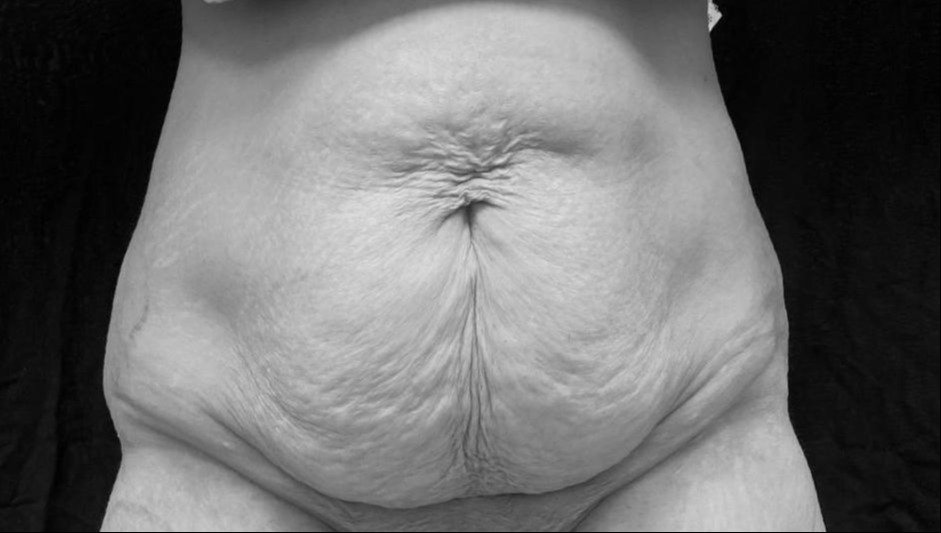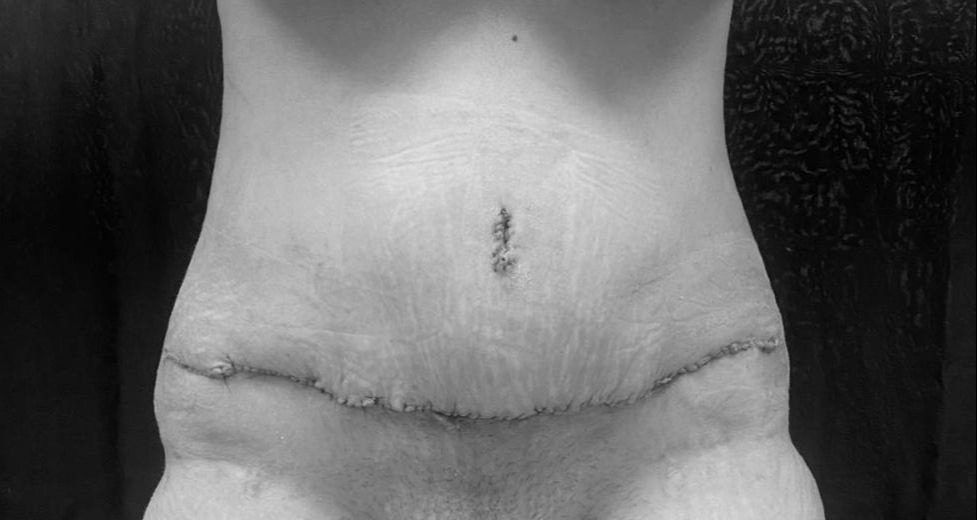AN OVERVIEW ABOUT
WHAT IS TUMMY TUCK ?
A tummy tuck, also known as abdominoplasty, is a surgical procedure that aims to reshape and tighten the abdominal area. It is designed to remove excess skin and fat and restore weakened or separated abdominal muscles, resulting in a flatter and more toned midsection.
During a tummy tuck procedure, an incision is made along the lower abdomen, typically from hip to hip. The length and shape of the incision may vary depending on the individual’s specific needs and the extent of the procedure. Through this incision, the surgeon can access the underlying tissues and muscles of the abdominal area.
The surgeon will then carefully remove excess skin and fat, contouring the abdomen to create a more defined waistline. In some cases, the abdominal muscles may be repaired and tightened, particularly if they have become stretched or separated due to factors such as pregnancy or weight fluctuations. Once the necessary adjustments are made, the incision is carefully closed, and any excess skin is trimmed.
Tummy tuck surgery can address various concerns, including loose or sagging abdominal skin, excess fat deposits, and weakened abdominal muscles. It is commonly sought by individuals who have undergone significant weight loss, experienced pregnancy and childbirth, or simply desire a firmer and more sculpted abdominal area.
Recovery after a tummy tuck procedure requires a period of healing and adjustment. You will likely experience some swelling, bruising, and discomfort in the treated area, which can be managed with prescribed pain medication. Your surgeon will provide specific post-operative instructions, which may include wearing a compression garment to support the healing process and minimize swelling.
WHAT TO EXPECT DURING YOUR TUMMY TUCK SURGERY.
During your tummy tuck surgery, also known as abdominoplasty, several key steps and
considerations will be involved to help you achieve your desired results. The procedure
is typically performed under general anesthesia to ensure your comfort throughout the
surgery.
First, your plastic surgeon will make an incision along the lower abdomen, typically
from hip to hip. The length and shape of the incision may vary depending on your
individual needs and the extent of the procedure. Through this incision, your surgeon
will have access to the underlying abdominal tissues.
Next, your surgeon will carefully remove excess skin and fat from the abdominal area.
This process allows for the contouring and sculpting of your midsection to create a
flatter and more toned appearance. In some cases, the abdominal muscles may be repaired
and tightened if they have become weakened or separated.
After the necessary adjustments have been made, your surgeon will reposition and tighten
the remaining skin, creating a smoother and firmer abdominal contour. Any excess skin
will be removed, and the incision will be meticulously closed using sutures.
During the surgery, your plastic surgeon will prioritize your safety and strive to
create natural-looking results that align with your desired outcome. They will take into
account factors such as your body proportions, skin elasticity, and personal goals to
customize the procedure for your specific needs.

